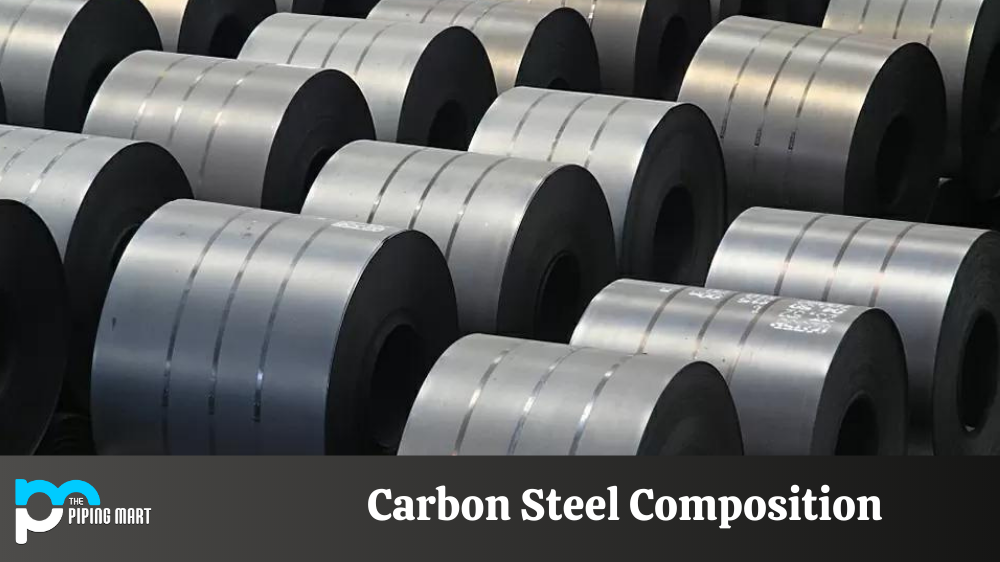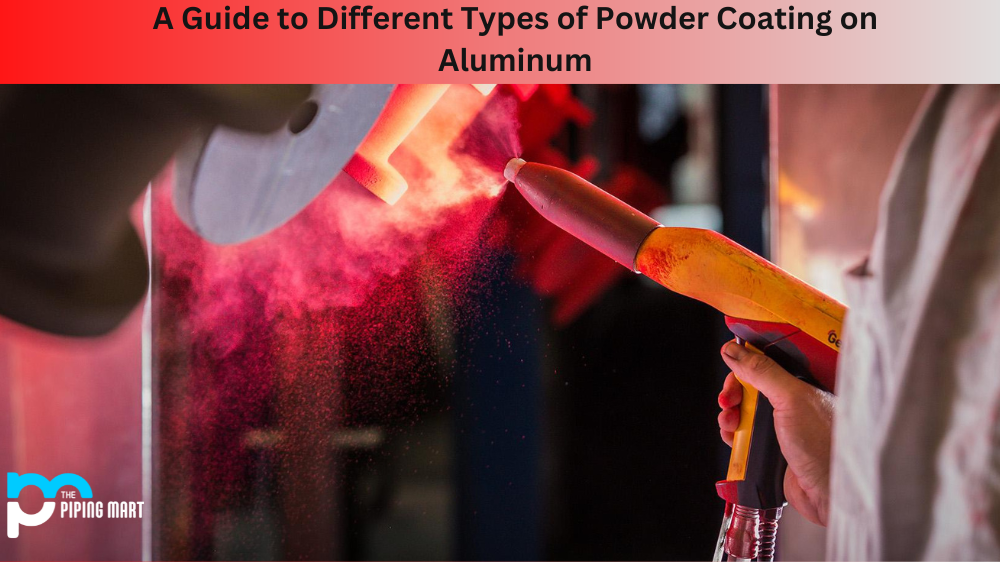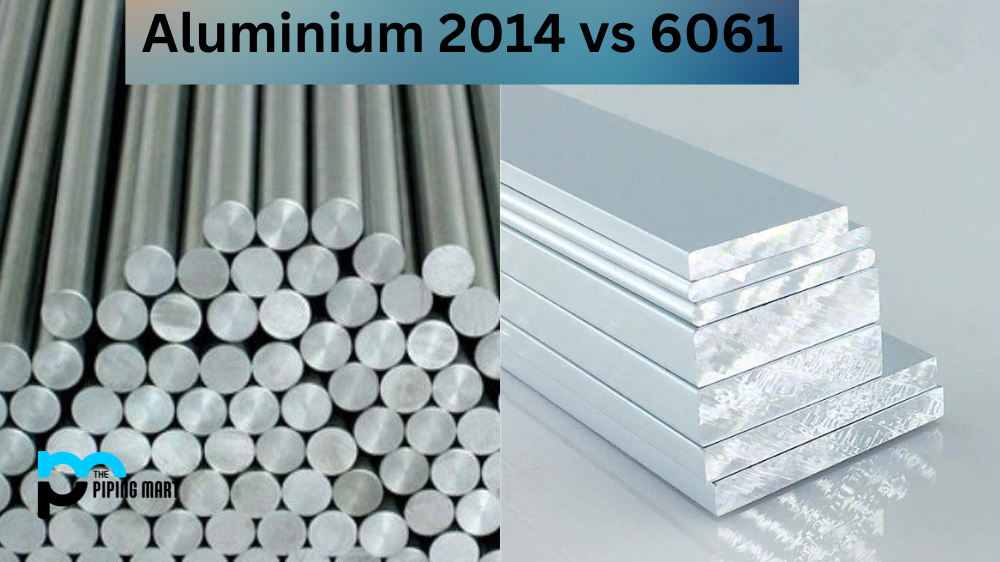Carbon steel is an incredibly versatile material used for various applications. It is made of iron and a small amount of carbon, making it strong yet malleable. This combination also gives carbon steel its distinct coloration, ranging from dark grey to silver-white. To understand this material’s full utility, let’s look at its composition and properties in more detail.
Carbon Content
The major carbon steel component is iron, with a small portion consisting of up to 2% carbon content by weight. The higher the percentage of carbon content in the steel, the stronger and more durable it will be. However, too much carbon can make the steel brittle and difficult to work with. For most applications, 0.5-2% is the optimal range for carbon content to maintain strength while remaining malleable enough to be manipulated with tools like metalworking machines or grinding wheels.
Alloying Elements
Besides iron and carbon, other elements such as manganese may also be added to increase strength and resistance to corrosion or oxidation. These alloying elements are usually present in minimal amounts (less than 1%). Still, they can significantly impact the steel’s properties when they are added in larger quantities. For instance, adding chromium can improve resistance to corrosion while adding vanadium can increase strength without making the steel brittle and difficult to work with.
Strength & Ductility
The combination of iron and carbon gives carbon steel excellent strength while keeping it relatively lightweight compared to other metals like stainless steel or aluminum alloys. Additionally, it has good ductility, which means it can be bent or stretched without breaking or cracking under stress. This makes it an ideal choice for many structural applications where durability is needed without sacrificing flexibility or mobility. Carbon steel is also highly resistant to corrosion. It can be used outdoors without fear of rusting over time due to exposure to moisture or chemicals like salt water spray from coastal areas near oceans and seasides. Finally, because it does not contain any expensive alloying elements like titanium or nickel, carbon steel tends to be more affordable than other types of metal alloys, making it an attractive option for cost-conscious consumers looking for strong yet affordable materials that won’t break their budget.
Conclusion:
Carbon steel is one of the most versatile materials available today thanks largely due its unique combination of iron and small amounts of other alloying elements such as manganese or chromium that give it exceptional strength while retaining its malleability so that tools like metalworking machines or grinding wheels can shape it according to need. Its low cost, combined with a good strength-to-weight ratio makes it an attractive option for many projects where affordability matters just as much as durability and reliability. If you’re looking for a strong yet flexible material, then consider giving carbon steel a try – you won’t regret it!

Abhishek is a seasoned blogger and industry expert, sharing his insights and knowledge on various topics. With his research, Abhishek offers valuable insights and tips for professionals and enthusiasts. Follow him for expert advice on the latest trends and developments in the metal industry.




